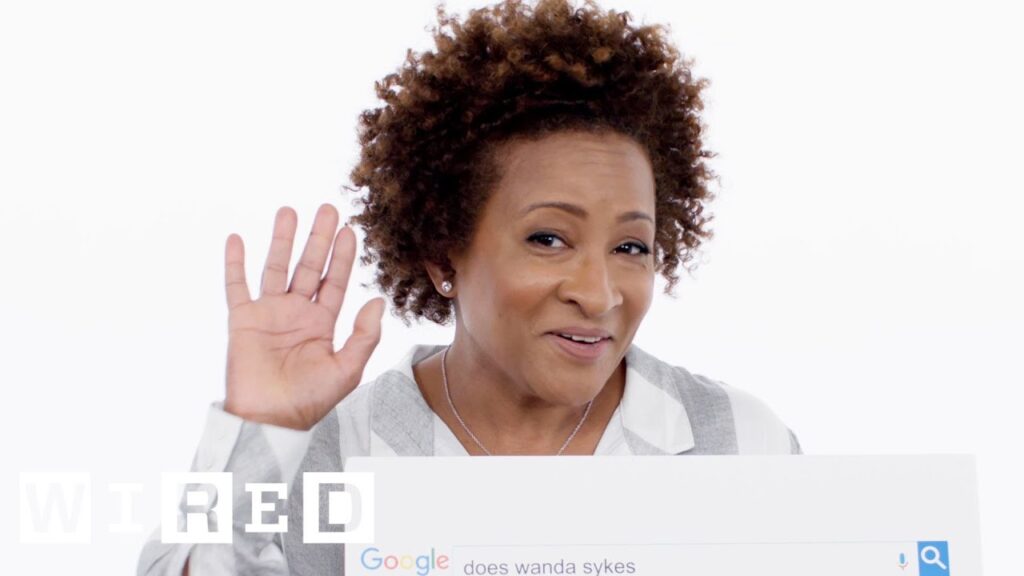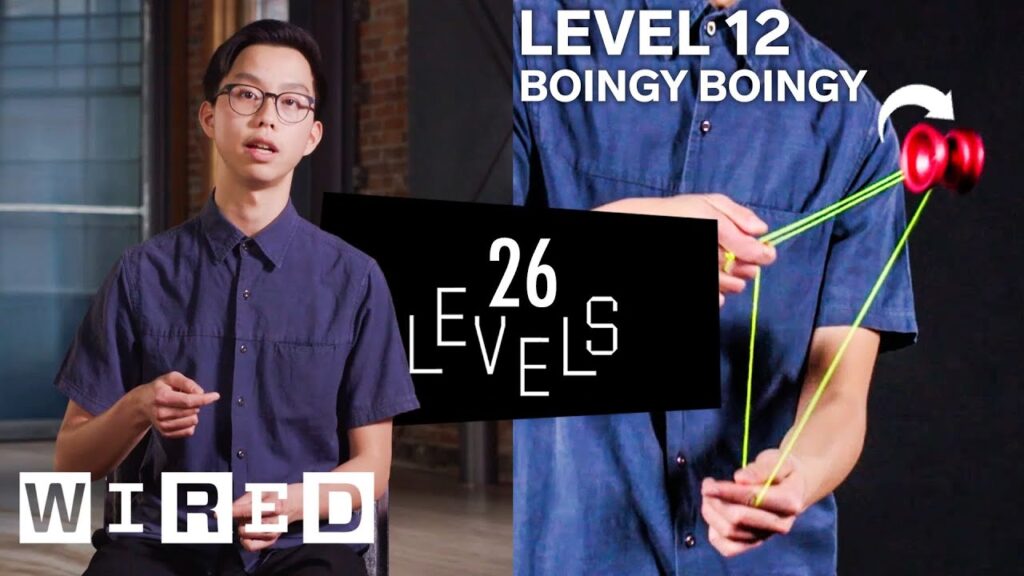The Importance of Nonverbal Communication: An Expert’s Perspective
Summary
Joe Navarr, a former FBI special agent and expert on nonverbal communication, emphasizes the significance of assessing an individual’s body language to evaluate their thoughts and feelings accurately. He debunks some common myths about nonverbal cues and highlights the importance of assessing minute details. In this article, we explore the role of nonverbal communication in poker games and its significance in our daily lives.
Table of Contents
- Introduction
- What is Nonverbal Communication?
- The Importance of Nonverbal Communication in Poker Games
- Debunking Common Myths About Nonverbal Cues
- Assessing Nonverbal Cues: Minute Details Matter
- Assessing Nonverbal Cues: Energy Levels, Emotions, and Situations
- The Significance of Handshakes
- Conclusion
Introduction
Communication is a fundamental part of our daily lives, and we communicate with others through both verbal and nonverbal cues. While verbal communication comprises the words we use, nonverbal communication, which includes body language, tone, and facial expressions, conveys our thoughts and feelings more accurately than words. Therefore, understanding nonverbal communication is essential for establishing effective communication and building strong relationships. In this article, we discuss the importance of nonverbal communication from an expert’s perspective and how it can impact our lives.
What is Nonverbal Communication?
Nonverbal communication refers to the use of body language, tone, and facial expressions to convey our thoughts and feelings to others. According to Joe Navarr, nonverbal communication is one of the essential tools for understanding people’s thoughts and feelings accurately. Nonverbal cues are critical in various situations, such as security purposes, detecting spies or threats, personal relationships, or selecting a mate. Nonverbal cues, unlike words, are universal, and they convey emotions that words cannot express.
The Importance of Nonverbal Communication in Poker Games
Nonverbal communication plays a vital role in poker games, and observing the behavior of the players can help gather valuable information about the game. One can observe the players’ psychological discomfort, including shifting in their chairs, raising their shoulders, or withdrawing their hands. The placement of the players’ hands and how they shuffle their chips or cross their arms can also reveal critical information. It is crucial to look around and observe the reactions of other players during the game, as it reveals critical information about their behavior and their cards.
Debunking Common Myths About Nonverbal Cues
Joe Navarr debunks some common myths about nonverbal cues, such as crossing arms indicating blocking behavior or touching nose implying lying. He emphasizes the need to assess minute details, including hair, forehead, eyes, lips, mandible, cheek, neck, shoulders, hands, legs, and feet. According to him, minute details like these can provide significant insight into an individual’s behavior and help to understand their thoughts and emotions accurately.
Assessing Nonverbal Cues: Minute Details Matter
Joe Navarr believes that minute details are crucial in assessing an individual’s nonverbal behavior. For example, a person’s body position, facial expressions, and tone of voice can reveal their emotions and thoughts. For instance, if someone is slouching, their body language may indicate a lack of confidence, disinterest, or boredom. Similarly, if someone is making good eye contact during a conversation, it may indicate that they are interested in the discussion and are paying attention. Minute details like these can help to assess an individual’s nonverbal behavior and enable us to understand them better.
Assessing Nonverbal Cues: Energy Levels, Emotions, and Situations
Joe Navarr emphasizes the importance of evaluating energy levels, emotions, and situations while assessing nonverbal behavior. The energy levels of a person can influence their nonverbal behavior, and it is essential to understand their energy levels to interpret their behavior accurately. For example, if someone is feeling lethargic or low on energy, their body language may seem uninterested or disengaged. Similarly, evaluating emotions and situations can provide deeper insights into an individual’s behavior and help understand them better.
The Significance of Handshakes
Joe Navarr believes that handshakes are crucial for establishing bonds and releasing bonding chemicals. A firm handshake with eye contact conveys confidence, trust, and sincerity. A weak handshake, on the other hand, may indicate the lack of confidence and interest in the conversation. Therefore, a handshake plays a considerable role in building relationships and establishing rapport.
Conclusion
Nonverbal communication is an essential tool for understanding people’s thoughts and feelings accurately. Joe Navarr emphasizes the importance of assessing nonverbal cues and debunking common myths about it. Observing nonverbal behavior can provide valuable information in various situations, including poker games. Minute details, energy levels, emotions, and situations play a vital role in interpreting nonverbal behavior. Handshakes are crucial for building relationships and releasing bonding chemicals. Understanding and interpreting nonverbal behavior can help in building stronger relationships, improving communication skills, and making better decisions.






